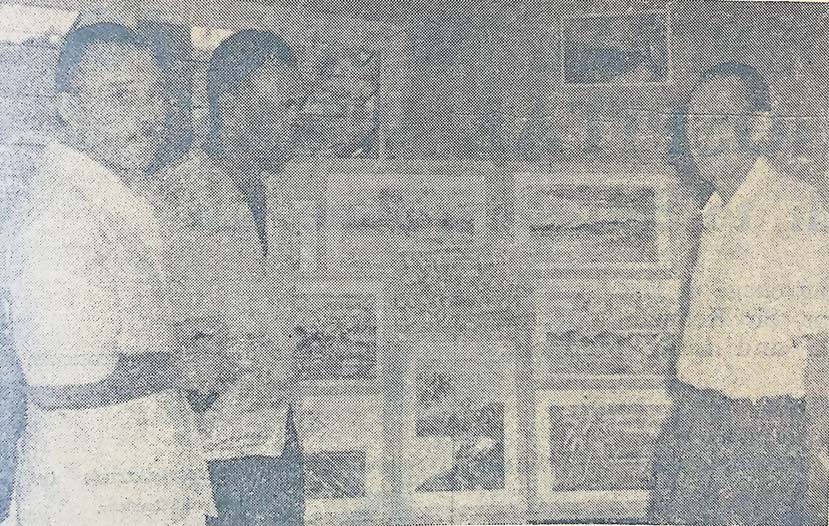The Fiji Times reported on May 21, 1960 of a story about a man Semisi Naivakasoro of St Elizabeth’s Home, Korovou whose normal use of hands were denied of him as a result of the ravages of leprosy.
Despite this Semisi was able to overcome his disability and had become an artist whose work attracted attention.
“Often without the aid of a brush, he deftly paints his pictures by using mainly the backs of his hands, the heel of the hand and his knuckles. And he works with remarkable speed,” the article read.
“St Elizabeth’s Home is the receiving depot for Makogai and also a rehabilitation centre where discharged patients stay while waiting to return to their own homes.”
The article stated that an outstanding feature of Semisi’s work was his remarkable gift for composition and his pictures were all cleverly balanced and the perspective was instinctively expressed.
“Naturally he is attracted by seascapes and he has many studies of Makogai. The picturesque island remains vividly in his retentive memory.
“Those who have seen Semisi painting are amazed at the speed with which he works.
“A piece of heavy quality art paper is placed on the table and is saturated with water. He then applies what appears to be a mess of colours actually they are poster paints mixed for him into a paste by the sisters.”
It was reported that one of the sisters of St Elizabeth’s Home showed him the technique of fingertip painting and he developed it to suit his physical limitations.
“The sisters suggested subjects and he responded immediately.
“When using brushes when he paints in water colours and oils he holds the brush by the pressure of his two hands pressed against each other, his fingers not being serviceable. He holds a pen the same way when he writes.
“With swift motions with the back of his hands he spreads the colour. Then his knuckles come into play. They move among the colours and the trunks and fronds of coconut palms seem to grow into life under deft manipulation. To sharpen the outline of the fronds he used a small plastic instrument with a chisel end, and they stood out sharply as if etched into the scene. While Semisi first went to Makogai in 1938 and was discharged in 1943, he returned in 1945 and remained there till 1955.
“It was then that he thought he would like to paint, and started experimenting with his hands.
“At the time he felt that there was nothing less he could do with his hands except use them to paint the pictures that were in his mind.
“Among his pictures is a fine charcoal drawing of the late Ratu Sir Lala Sukuna in uniform, wearing his medal ribbons.”
For Semisi the average picture took him only about five minutes or a little longer to complete, after which he put it out to dry.



